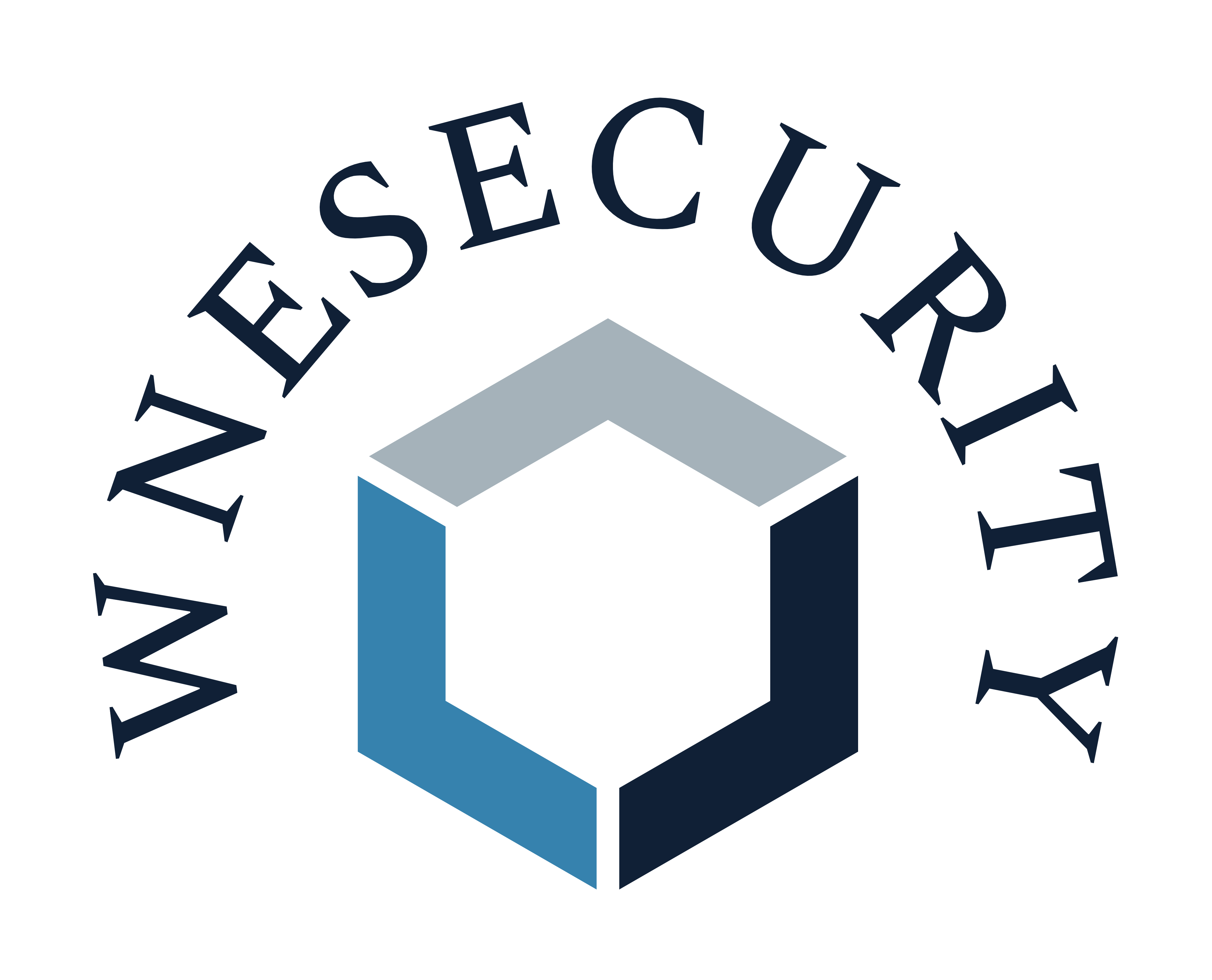WNE Security News
Read more about “CVE-2020-2883 Oracle WebLogic Server Unspecified Vulnerability” and the most important cybersecurity news to stay up to date with
CVE-2020-2883 Oracle WebLogic Server Unspecified Vulnerability

WNE Security Publisher
1/16/2025
(CVE-2020-2883) Base Score:
Vendors Mitigation Instructions
9.8

Learn about CVE-2020-2883 Oracle WebLogic Server Unspecified Vulnerability and other newly exploited vulnerabilities and new best practices by subscribing to our newsletter.
CVE-2020-2883: Critical Remote Code Execution Vulnerability in Oracle WebLogic Server
CVE-2020-2883 is a critical deserialization vulnerability in Oracle WebLogic Server, identified as part of Oracle’s April 2020 Critical Patch Update. This flaw exists within the Coherence*Web functionality of WebLogic Server, which allows attackers to exploit insecure deserialization via the IIOP (Internet Inter-ORB Protocol) or T3 protocols.
The vulnerability permits unauthenticated attackers with network access to execute arbitrary code remotely on the affected system. With a CVSS score of 9.8 (Critical), CVE-2020-2883 poses a significant risk to organizations relying on vulnerable versions of Oracle WebLogic Server.
The flaw has been actively exploited in the wild, making it imperative for organizations to act swiftly to secure their systems.
What is Vulnerable to CVE-2020-2883?
The following versions of Oracle WebLogic Server are vulnerable to CVE-2020-2883:
- WebLogic Server 10.3.6.0.0
- WebLogic Server 12.1.3.0.0
- WebLogic Server 12.2.1.3.0
- WebLogic Server 12.2.1.4.0
The vulnerability is exposed when the IIOP or T3 protocol is enabled on the WebLogic Server. These protocols are commonly used for server-to-server communication and are often left accessible in network environments, significantly increasing the attack surface.
Mitigation and Remediation for CVE-2020-2883
1. Apply Patches
Oracle addressed CVE-2020-2883 in its April 2020 Critical Patch Update. Administrators should immediately apply the patch for the specific version of WebLogic Server in use:
- For WebLogic Server 10.3.6.0.0, upgrade to the latest patched version.
- For WebLogic Server 12.1.3.0.0, 12.2.1.3.0, and 12.2.1.4.0, apply the patches provided by Oracle.
The official patch details can be found in the Oracle Advisory.
2. Disable Unused Protocols
If your WebLogic Server does not require the use of IIOP or T3 protocols, disable them to reduce the attack surface:
- Navigate to the WebLogic Console.
- Disable T3/IIOP-related configuration under Protocol Settings.
3. Restrict Network Access
Limit network exposure by configuring firewalls and access control lists (ACLs) to restrict traffic to WebLogic Server from trusted sources only.
4. Monitor for Exploitation
Implement intrusion detection/prevention systems (IDS/IPS) to monitor and block suspicious activity targeting WebLogic servers.
5. Backup Critical Systems
Before applying patches or making configuration changes, ensure that backups of your WebLogic Server instances are available.
Impact of Successful Exploitation of CVE-2020-2883
Exploitation of CVE-2020-2883 can have severe consequences, including:
Remote Code Execution (RCE):
- Attackers can execute arbitrary commands on the vulnerable server, potentially gaining full control over the system.
System Compromise:
- Exploitation can lead to complete system compromise, enabling attackers to install backdoors, steal sensitive information, or launch further attacks.
Data Breaches:
- Sensitive business data, customer information, and credentials stored on the server may be exposed.
Lateral Movement:
- Attackers can use the compromised server as a foothold to move laterally within the organization’s network, compromising additional systems.
Service Disruption:
- Exploitation can result in service downtime, impacting business operations and leading to potential financial losses.
Proof of Concept for CVE-2020-2883
Shortly after the vulnerability was disclosed, a Proof of Concept (PoC) exploit for CVE-2020-2883 became publicly available. This PoC demonstrates how attackers can craft malicious serialized objects and send them via the T3 or IIOP protocol to exploit the vulnerability.
Here’s a high-level overview of how the exploit works:
- Step 1: The attacker crafts a serialized Java object containing malicious payloads.
- Step 2: The object is sent over the T3 or IIOP protocol to the vulnerable WebLogic Server.
- Step 3: Upon deserialization, the payload is executed on the server, allowing the attacker to gain control.
Given the availability of a public PoC, unpatched servers are at significant risk of being targeted.
Important Note: The PoC is intended for research and ethical testing purposes only. Unauthorized exploitation of systems is illegal and unethical.
CVE-2020-2883 is a critical vulnerability that highlights the dangers of insecure deserialization in enterprise applications. Oracle WebLogic Server, a widely used middleware platform, is particularly at risk due to its role in hosting critical business applications.
Organizations must take immediate steps to secure their systems by applying the latest patches, disabling unused protocols, and implementing network restrictions. Additionally, continuous monitoring and proactive incident response strategies are essential to protect against exploitation attempts.
At WNE Security, we specialize in vulnerability management and enterprise security solutions. Contact us today to ensure your WebLogic Server instances are fully protected and your business remains secure.
Learn more about WNE Security products and services that can help keep you cyber safe.
Learn about CVE-2020-2883 Oracle WebLogic Server Unspecified Vulnerability and other vulnerabilities and best practices by subscribing to our newsletter.
Subscribe to WNE Security’s newsletter for the latest cybersecurity best practices, 0-days, and breaking news. Or learn more about “CVE-2020-2883 Oracle WebLogic Server Unspecified Vulnerability” by clicking the links below



